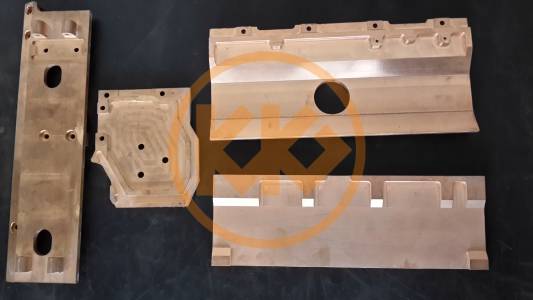
High Leaded Bronze, also known as leaded bronze, is a versatile alloy prized for its superior castability, machinability, and excellent bearing properties. This material boasts a higher lead content compared to standard bronze alloys, typically ranging from 2% to 4% lead by weight, significantly enhancing its performance characteristics. This makes it an ideal choice for a wide range of applications demanding high-quality castings and intricate machining.
Key Features & Benefits:
Typical Applications:
Chemical Composition (Typical): Note: Specific compositions may vary depending on the manufacturer and application.